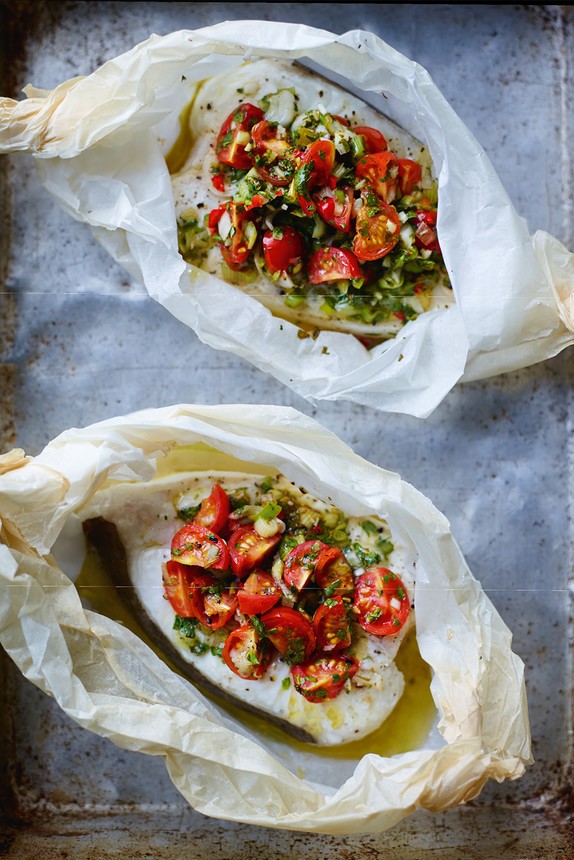What’s the difference between parchment paper and wax paper?
September 20, 2017 by Darcie 
Enthusiastic bakers know (and love) baking parchment and wax paper, but novice bakers might not understand the difference between the two. While you can use them both for some applications, they aren’t always interchangeable says Julie Thomson, Taste Senior Editor at HuffPost.
They may look quite similar, but the processes used in creating them are vastly different. Parchment paper undergoes a process that involves passing it through sulphuric acid or zinc chloride. This causes the plant fibers to swell, making the parchment dense and greaseproof. Wax paper, on the other hand, is simply tissue paper with paraffin wax coating applied to it. The wax renders it nonstick, greaseproof, and waterproof.
The big difference between the two is in how much heat each can stand. Parchment paper can withstand temperatures up to approximately 425 degrees Fahrenheit, making it ideal for tasks like lining sheet pans when baking cookies and cooking en papillote (where the food is put into a folded pouch or parcel and then baked). Wax paper’s nonstick properties make it well suited for wrapping sticky candies and covering bowls in the microwave. You can use it in the oven as a cake pan liner, as long as the paper isn’t exposed to the air (the cake batter and pan act as insulators for the wax paper).
Another difference is in price: parchment is more expensive. If you have a few friends who also love to bake, you can lower that cost by splitting a large pack of half-sheet sized parchment from a restaurant supply store or online. The per-use cost becomes extremely reasonable.
Photo of Halibut en papillote from Coast by Rachel Allen
Categories
- All Posts (6924)
- Antipasto (2124)
- Author Articles (247)
- Book News (935)
- Cookbook Giveaways (981)
- Cookbook Lovers (257)
- Cooking Tips (108)
- Culinary News (299)
- Food Biz People (552)
- Food Online (790)
- Holidays & Celebrations (272)
- New Cookbooks (149)
- Recipes (1497)
- Shelf Life With Susie (231)
- What's New on EYB (133)
Archives
Latest Comments
- WallaceGrover on Best of the Best 2024
- roxlet on Feasts of Good Fortune Cookbook Giveaway
- roxlet on Heritage Cookies of the Mediterranean World – Cookbook Giveaway
- carmenv on Heritage Cookies of the Mediterranean World – Cookbook Giveaway
- orchidlady01 on German Heritage Baking Cookbook Giveaway
- kmwyman on Feasts of Good Fortune Cookbook Giveaway
- sarahawker on JoyFull – Cookbook Review & Giveaway
- averythingcooks on Food news antipasto
- shermath on Heritage Cookies of the Mediterranean World – Cookbook Giveaway
- breakthroughc on Tips on making your freezer work for you